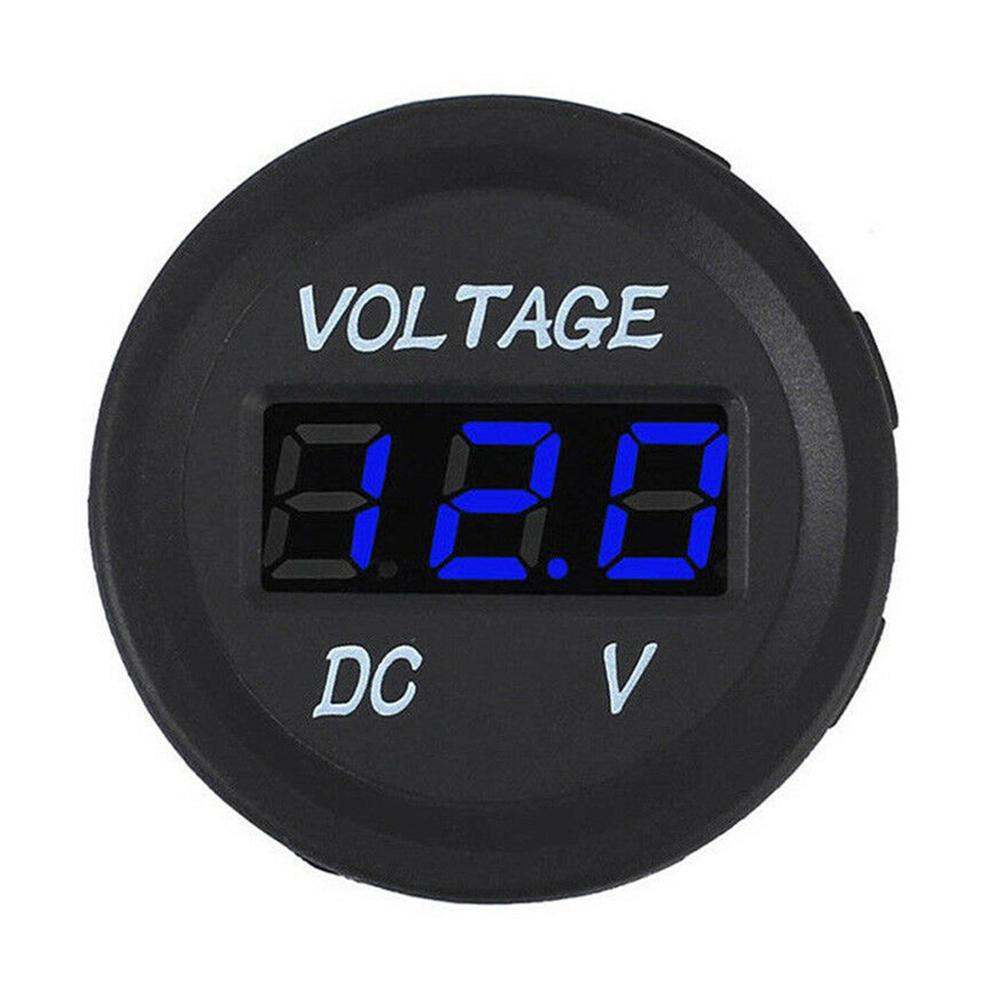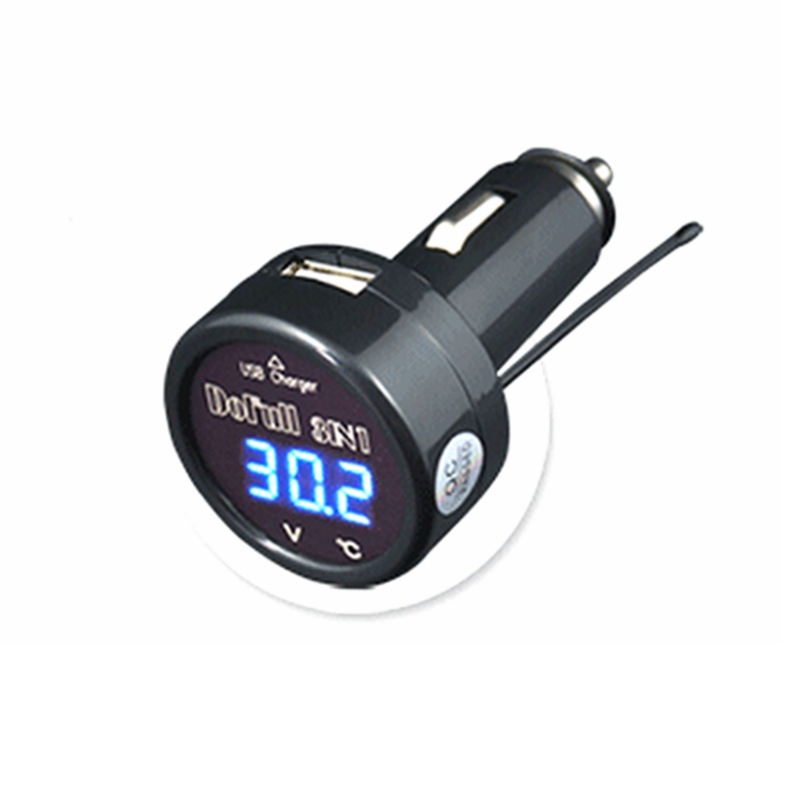

The easiest and the simplest way of measuring the battery voltage is by using a digital multimeter, which can be found in most hardware stores and online shops. Other batteries may have slightly different values, for example, Odyssey AGM batteries' SoC/voltage relation: 12.84 volts or higher - 100% SoC, 12.50 volts - 75% SoC, 12.18 volts - 50% SoC, 11.88 volts - 25% SoC, etc. Note: these are just 'average' values for 'standard' flooded and AGM batteries. The following chart lists the battery state of charge for standard flooded/wet and standard AGM batteries measured at 77☏/25☌: Type

Note: be sure that the lights are OFF and any fan, audio, multimedia is also turned OFF. When the engine is turned OFF, one may check the battery voltage even without disconnecting the battery from the car, since the drain current of the electronics is very low and it doesn't influence the voltage measurement. If it is lower than that, something has discharged the battery - maybe lights were left ON for several hours, or the car was not used for weeks, etc. īut, as long as the battery voltage is above 13.7 volts when the engine is ON, the battery is fully charged. Why? Well, for example, Odyssey AGM batteries feature a temperature coefficient of -2 mV/☌/cell (-24 mV/☌ for 12V battery) and is not linear - even charging voltage-temperature compensation coefficient changes its value with a temperature. However, if possible, it is highly recommended to try to find the charging voltage-temperature compensation coefficient of the battery You own, or even better, a voltage-temperature chart or graph.

Lead-acid battery charging voltage-temperature compensation/correction coefficient varies from -3mV/☌/cell to -5mV/☌/cell, with the average value being -4mV/☌/cell. If the battery voltage is below 13.6-13.7 volts, the battery is being recharged by the alternator - again, this is with the engine being turned ON and the battery is being charged. When the engine is turned ON, the alternator charges the battery and its voltage should be in the 13.7 to 14.7 volts range. Lead-acid batteries are the most common car batteries, but they also differ and can be wet/flooded batteries, enhanced wet/flooded batteries, Absorbent Glass Mat (AGM) batteries, enhanced AGM batteries, Gel-Cell batteries, batteries with pure lead plates, batteries with calcium plates (calcium-lead plates), etc.Īll these battery types have slightly different voltages when they are fully charged, semi-charged, or fully discharged, have slightly different temperature correction/compensation coefficients, etc. Car Battery Frequently Asked Questions (FAQ).The exact battery voltage depends on the engine being turned On or Off and the battery's charge condition, age, load, temperature, etc.

While car batteries feature a nominal voltage of 12 volts, in real life, this voltage can be anywhere from just a few volts (or even 0 volts!) to almost or even slightly over 15 volts. The car battery provides energy not only for cranking the engine but it also powers a broad range of devices that may be turned on when the engine is off, even when the car is locked, like GPS units, alarms, and other security systems, multimedia devices, lights, etc. Car Battery Testing & Voltage - How Many Volts is a Car Battery?


 0 kommentar(er)
0 kommentar(er)
